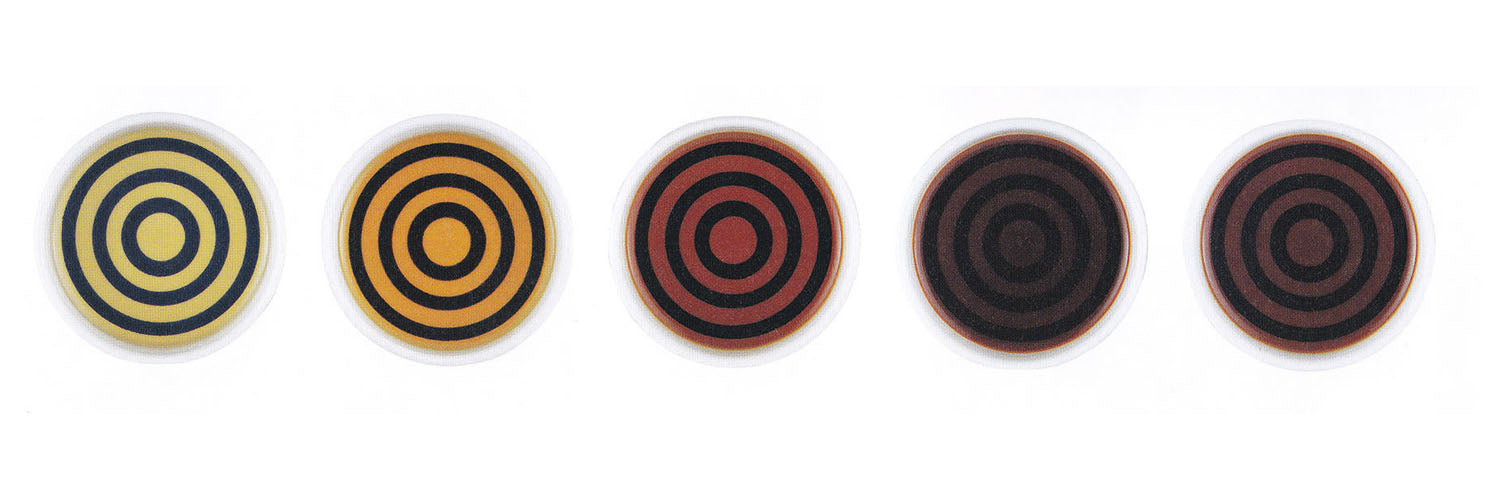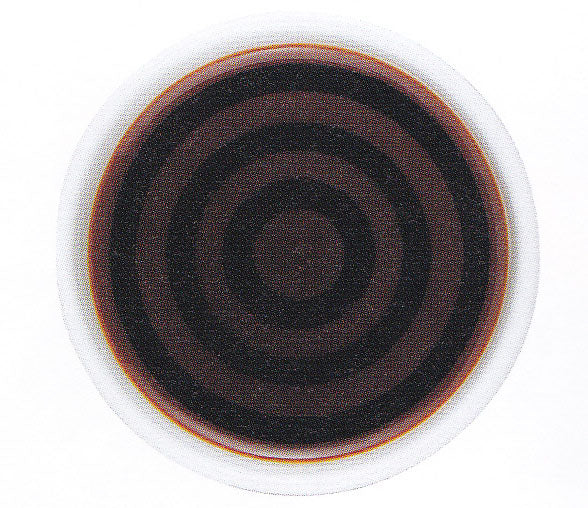
Here are the basic five types of Japanese soy sauce:
1. WHITE SOY SAUCE:
Main ingredient:
White soy sauce is produced with more wheat than soybeans and it contains 50% less "umami (from soy beans)" than regular colored soy sauce (Koikuchi), as regular soy sauce is typically made from equal amounts of soybeans and wheat.
Mainly used for:
White soy sauce was originally made in Aichi prefecture. Because of its amber color it is used mainly at sophisticated traditional Japanese restaurants where its light amber color allows the chef to highlight the original colors of ingredients (e.g. red carrots, green beans) rather than change those colors with darker soy sauce.
2. USUKUCHI (LIGHT COLOR) SOY SAUCE:
Main ingredient:
Usukuchi soy sauce is produced from equal amounts of soybeans and wheat, which isn’t roasted as deeply as it is for regular soy sauce, but 10% higher salt concentration, we can avoid changing the color of the cuisine by using a smaller amount of this soy sauce.
Mainly used for:
Usukuchi soy sauce is mainly used in the Kansai region and the traditional Japanese restaurants of Kyoto where chefs want to avoid adding too much color to the food similar to the way that white soy sauce is used.
3. KOIKUCHI (REGULAR COLOR) SOY SAUCE:
Main ingredient:
Koikuchi soy sauce is produced from equal amounts of soybeans and wheat. 80% of the Japanese soy sauce is this regular darker colored soy sauce.
Mainly used for:
As the color and salt concentration are about average for the different types of soy sauce, this is an all-round player that is used mainly for home cooking and at most Japanese restaurants.
4. SAISHIKOMI (DOUBLED-BREWED) SOY SAUCE:
Main ingredient:
Saishikomi soy sauce is produced from equal amounts of soybeans and wheat, but twice the amounts are used as in regular soy sauce, as it is made from regular soy sauce (Koikuchi) instead of water and salt.
Mainly used for:
As it is much darker, more strongly flavored and contains more umami and natural sweetness, it has become more popular recently and is used especially for raw fish and other foods that are eaten raw. Because it takes long time to produce Saishikomi soy sauce, only 1% or less of the Japanese soy sauce used today is Saishikomi soy sauce.
5. TAMARI SOY SAUCE:
Main ingredient:
Tamari soy sauce is produced mainly from soy beans with less or no wheat. As more soy beans are used, it contains more "umami" than one in regular soy sauce.
Mainly used for:
Tamari soy sauce was originally made in Aichi prefecture. From its less gluten or is gluten-free, it has become more popular recently not only in Japan but throughout the world.







